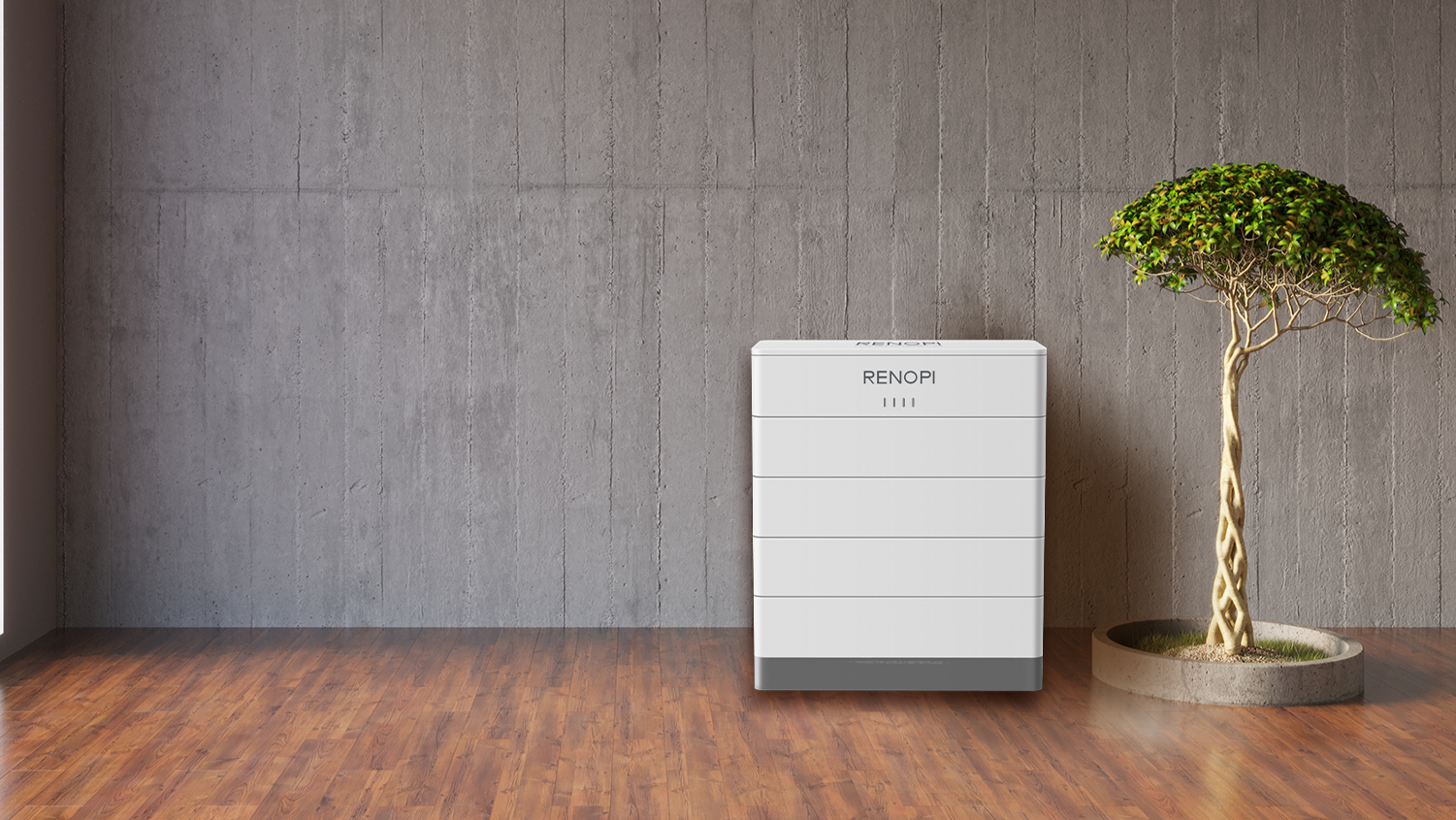RENOPI's High Voltage Stacked Battery is meticulously engineered to deliver consistent and reliable performance across a broad spectrum of temperatures, making it an exceptional choice for diverse environmental conditions. Below is an in-depth exploration of how this advanced energy storage solution performs under extreme temperature scenarios.

1. Operating Temperature Range
Charging Temperature Range: The High Voltage Stacked Battery can be charged efficiently within a temperature range of 0°C to 45°C. This ensures that the battery remains functional and maintains optimal performance even in warmer climates.
Discharging Temperature Range: The battery's operational versatility is further highlighted by its ability to discharge efficiently between -10°C and 55°C. This wide range guarantees that the High Voltage Stacked Battery remains functional and reliable in both freezing winters and sweltering summers.
2. Performance in Low Temperatures
Low-Temperature Discharge: Thanks to its robust design and the advanced LiFePO4 (Lithium Iron Phosphate) technology, the High Voltage Stacked Battery maintains good performance even at -10°C. This feature makes it highly suitable for applications in cold climates, ensuring that energy storage remains reliable during winter months.
Charging in Cold Environments: While the High Voltage Stacked Battery can be charged at temperatures as low as 0°C, it is important to note that the charging rate may be reduced due to increased internal resistance at lower temperatures. This is a common characteristic of batteries in cold environments, but RENOPI's design minimizes the impact on overall performance.
3. Performance in High Temperatures
High-Temperature Discharge: The High Voltage Stacked Battery can operate efficiently at temperatures up to 55°C, ensuring reliable performance in hot environments. This capability is crucial for applications in regions with high ambient temperatures, where other batteries might struggle to maintain their efficiency.
Thermal Stability: The LiFePO4 chemistry used in the High Voltage Stacked Battery offers superior thermal stability. This reduces the risk of thermal runaway and ensures safe operation even at elevated temperatures, making it a safe and reliable choice for energy storage systems.
4. Safety Features in Extreme Conditions
Battery Management System (BMS): The integrated BMS of the High Voltage Stacked Battery provides comprehensive protection against over-discharge, overcharge, overcurrent, and extreme temperatures. This ensures that the battery remains safe and reliable under various conditions, safeguarding both the battery and the connected equipment.
Independent DC Fuses: Each battery pack in the High Voltage Stacked Battery system is equipped with an independent DC fuse. This feature further enhances safety by preventing overcurrent and potential damage, ensuring that the battery operates within safe parameters at all times.
5. Longevity and Durability
Cycle Life: Designed with long-term reliability in mind, the High Voltage Stacked Battery boasts a long cycle life. It retains significant capacity even after thousands of charge and discharge cycles, reducing the need for frequent replacements and lowering the total cost of ownership.
Wide Temperature Tolerance: The High Voltage Stacked Battery's ability to operate efficiently across a wide temperature range not only ensures consistent performance but also helps extend the battery's lifespan. This makes it a durable and cost-effective solution for both residential and commercial applications.
RENOPI's High Voltage Stacked Battery is engineered to deliver reliable performance in extreme temperatures, thanks to its advanced LiFePO4 technology and robust BMS. Whether in freezing winters or scorching summers, this battery maintains its efficiency and safety, making it an ideal choice for residential and commercial energy storage applications. The High Voltage Stacked Battery's wide temperature tolerance, coupled with its advanced safety features and long cycle life, ensures that it remains a top-tier solution for modern energy storage needs.




 SUBSCRIBE
SUBSCRIBE